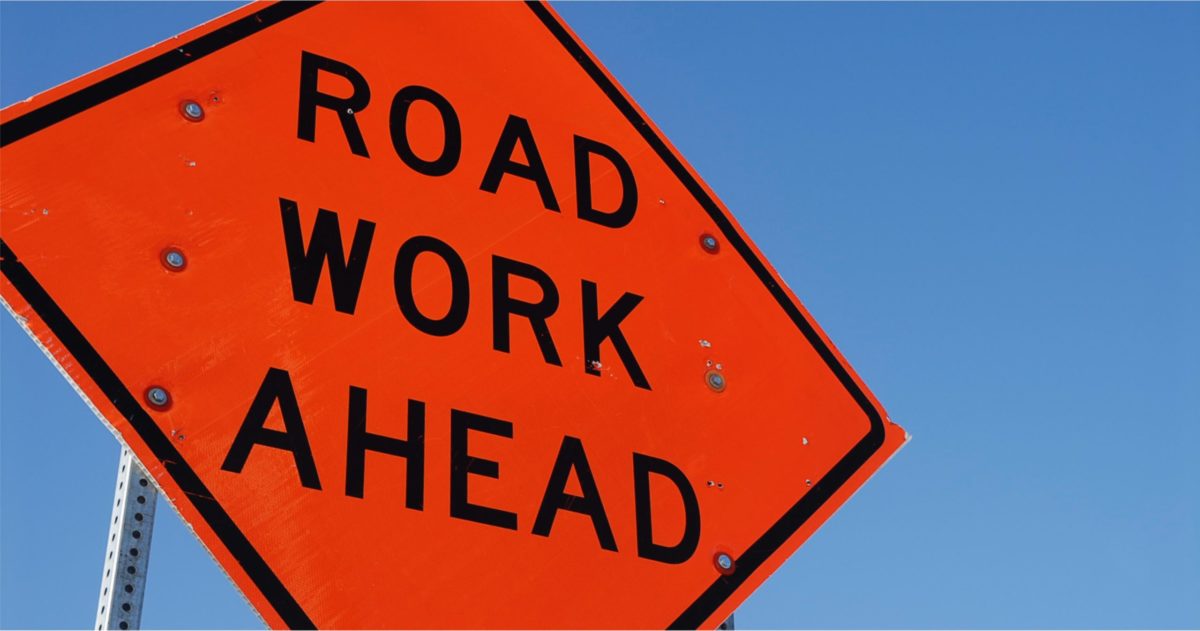
KEY POINTS:
- The City of Austin plans to expand its right-of-way (ROW) on many neighborhood streets to an astonishing 84 feet, claiming the space is necessary for new bicycle lanes
- We believe the plan lays the groundwork for an initiative similar to CodeNEXT, with properties along the new ROWs upzoned to allow more units per lot
- If you have concerns about the plan, sign up to speak at next week’s meeting of the Urban Transportation Commission and tell its members you don’t want Austin’s residential streets reclassified to “Level 2”
The City of Austin’s plan to reclassify scores of neighborhood streets and widen its right-of-way (ROW) to as much as 84 feet has rightfully stirred up residents across our community. Although it isn’t clear what the city’s staff is up to, we are told “not to worry.”
But frankly, many of us don’t trust the city after years of heavy-handed, misleading land development proposals, such as CodeNEXT. In addition to bureaucratic obtuseness, raising the street classifications from “Level 1” to “Level 2” may be a stratagem for future upzoning (more density) in neighborhoods along the reclassified residential streets.
The City of Austin’s Urban Transportation Commission will discuss the plan during a virtual meeting at 5:00 PM on Tuesday, March 1. If you wish to register your opposition, follow the directions below to speak before the commission via Zoom. The deadline for signing up to speak is 12:00 PM on Monday, February 28.
- If you wish to speak before the Urban Transportation Commission, you must send an email to City of Austin staff member Christopher Parks at christopher.parks@austintexas.gov no later than 12:00 PM on February 28
- Your email must include your first and last name, your email address, your phone number, and a request to speak before the Urban Transportation Commission on March 1 regarding the Austin Strategic Mobility Plan’s proposed street reclassifications
- After the City of Austin receives your email, you should receive a response providing you with a call-in number for the March 1 meeting
Here’s some further background information:
The City of Austin claims it needs to raise the classification of residential streets to Level 2 to accommodate bicycle routes, but that explanation doesn’t add up. Level 1 streets have plenty of width for bike paths (as we noted here); the city’s staff could have just created a new street classification (such as “Level 1B”) with the same right-of-way (ROW) width, but indicating a possible future bike route.
The city’s reasoning also doesn’t make sense on expanding the ROW. Staff says that it doesn’t intend to use Level 2’s expanded ROW (up to 84 feet) in existing neighborhoods. And it’s true that with many reclassified streets, the expanded ROW would destroy people’s use of their homes, resulting in inverse condemnation and the city owing property owners millions of dollars. So why spend all the effort to reclassify streets and expand the ROW if the city doesn’t intend to use the ROW?
One reason makes sense to us: The city is reclassifying streets now so in the near future it can pass a land-code amendment to increase the number of units allowed on all Level 2 streets, across-the-board. For example, the city council could pass a “legislative amendment” that all lots on Level 2 streets could have up to eight units, encouraging “redevelopment” of single-family neighborhoods. Knowing the city, it probably would try to pass the amendment without providing you notice, a hearing, or protest rights (sound familiar?).
The city’s transportation staff has already made it clear that their goal is to add substantial density in our neighborhoods:
As with Imagine Austin, however, the vision outlined in the mobility plan has no chance of being realized in the next two decades without a significant overhaul of the development code. While current development patterns are not necessarily a barrier to building out the city’s sidewalk or bicycle master plans, the impact of minimum lot sizes, parking minimums and single-family zoning throughout most of the city are a direct threat to the viability of high-capacity transit, the primary component of the 50/50 mode split goal at the heart of the ASMP vision.
— “Land Use is Driving Mobility Discussion,” Austin Monitor, April 1, 2019
(emphasis ours)
We don’t know for sure what the City of Austin is up to, but it doesn’t seem to be driven by bike paths or ROWs. It instead appears to be part of the city’s ongoing scheme to eliminate single-family neighborhoods.
Whatever the city’s intent, there is no need to reclassify residential streets to Level 2. If you agree, sign up to speak at next week’s Urban Transportation Meeting—and make sure your friends and neighbors are in the loop.
Together we can build an Austin for everyone!